DuMOR Plastic Rabbit Cage Tray, 24 in. x 24 in.
Great for rabbit and other small animal cages, the DuMOR Plastic Rabbit Cage Tray is designed to keep your furry friend’s home clean and sanitary. Compatible with most major brands of cages, this rabbit cage tray is made of durable plastic construction for long-lasting use. The small animal cage tray is easy to install and remove, making cleaning a breeze.
Great for rabbit and other small animal cages, the DuMOR Plastic Rabbit Cage Tray is designed to keep your furry friend’s home clean and sanitary. Compatible with most major brands of cages, this rabbit cage tray is made of durable plastic construction for long-lasting use. The small animal cage tray is easy to install and remove, making cleaning a breeze.
- Great for use with rabbit or other small animal cages
- Small animal cage tray is compatible with most major brands
- Made with durable plastic construction
- Comes in a black color
- Easy installation and removal allows for convenient cleaning
- Dimensions of the rabbit cage tray: 24 in. x 24 in.
- Backed by a 1 year limited warranty
Additional information
| Animal Compatibility | Rabbits |
|---|---|
| Disposable/Reusable | Reusable |
| Primary Color | Black |
| Primary Material | Polypropylene |
| Product Height | 2.795 in. |
| Product Length | 24 in. |
| Product Weight | 2.34 lb. |
| Product Width | 24 in. |
| Manufacturer Part Number | HLF1750 |

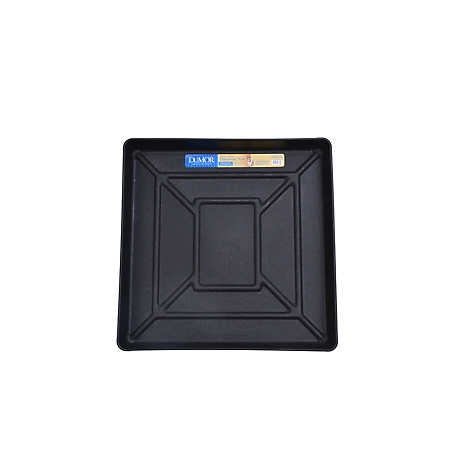
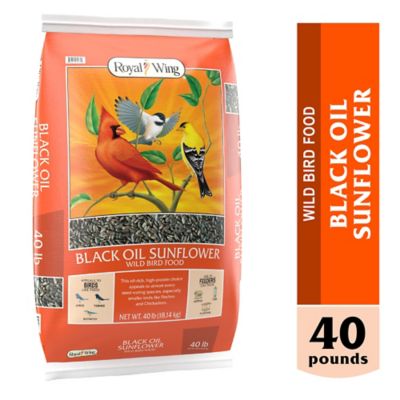
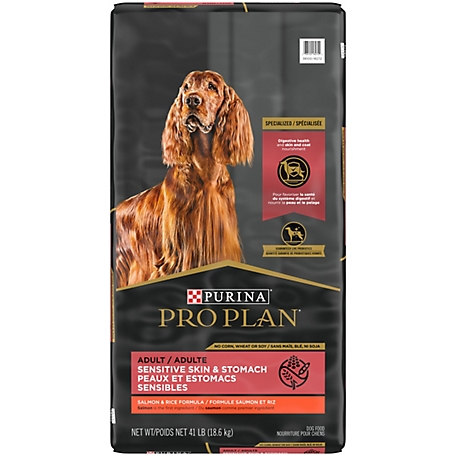
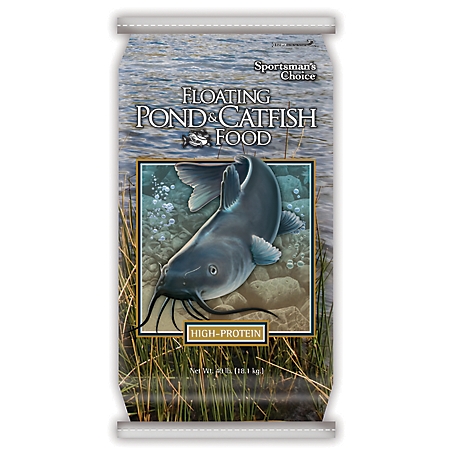
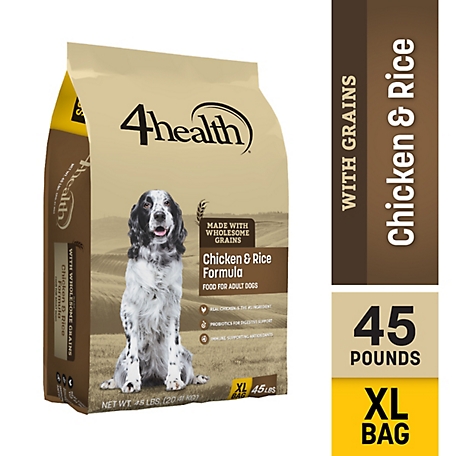
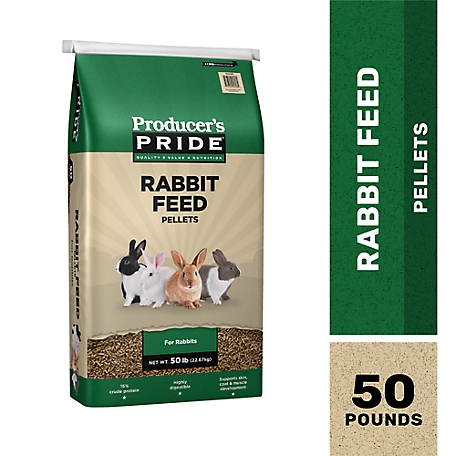
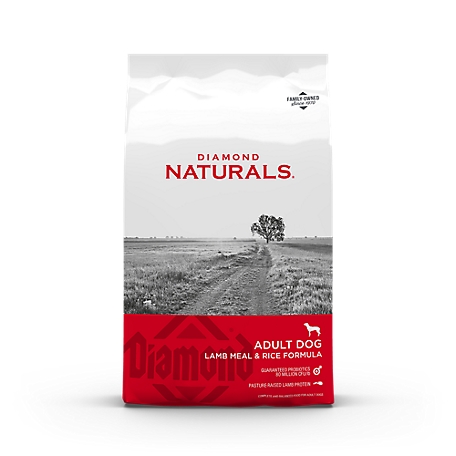
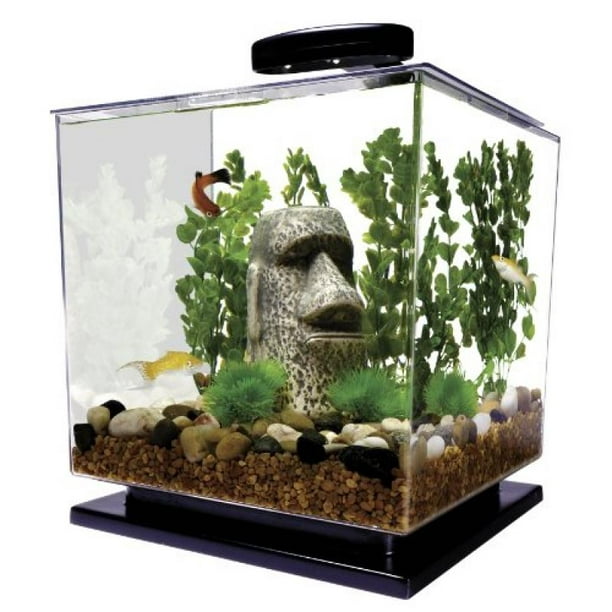
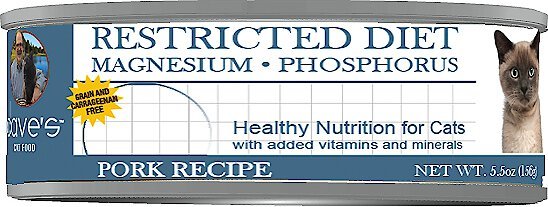

by Pathy
Excellent durable quality
by Aggie
Great product with multiple uses. The durability of these really hold up.
by Derby
These cage trays are great for my litter of Standard Poodle 12 puppies! We litterbox/ potty train them in these with the Alfalfa pellets also from TSC. I have used these trays from TSC for each of my 4 litters over the last 2 years. They last for around 3 litters and could probably last longer. Easy to clean, soft enough to not hurt pups as they go in/out and yet hard enough to be sturdy. They are great quality! Had these shipped to my local store for free. Quick shipping.
by Betsy
This is a great tray to fill with corn and bird seed etc: for deer and other creatures to eat from. We drill small holes in each corner for rain water to drain out.